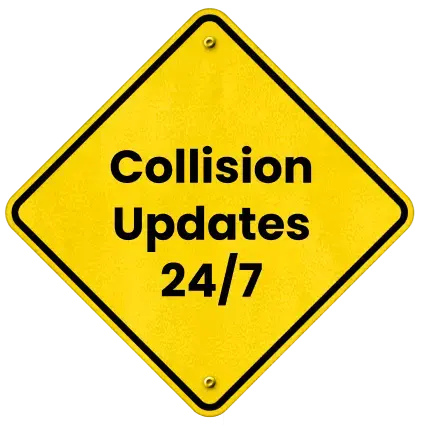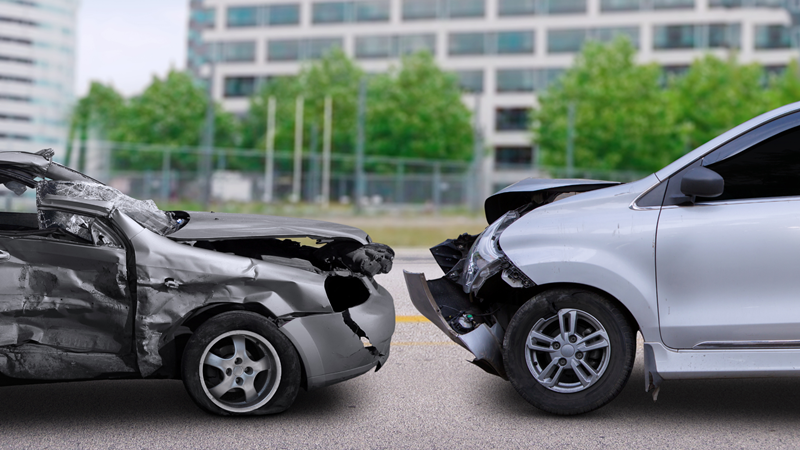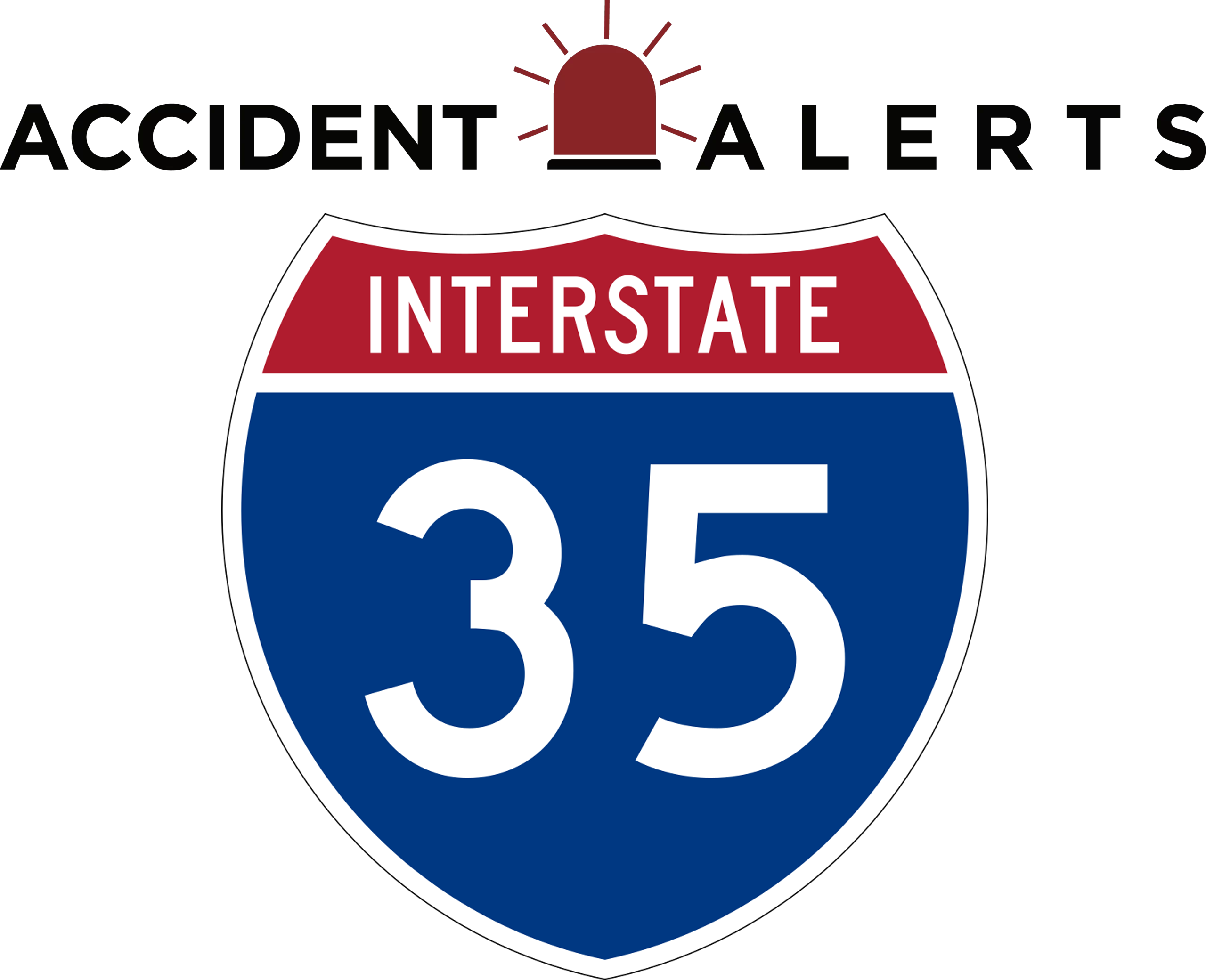
Wrong-Way Driver Crashes on I-35: Causes & Legal Options


Interstate 35 (I-35) stretches more than 1,500 miles from Texas to Minnesota, serving as one of the nation’s busiest and most important highways. From Austin to San Antonio and beyond, it carries thousands of commuters, truck drivers, and travelers every day. Yet despite its economic importance, I-35 has also become notorious for one of the most dangerous types of roadway collisions: wrong-way crashes. When a driver enters the highway heading in the wrong direction, the outcome is often a high-speed, head-on impact that leaves little chance for avoidance or survival.
In cities like Dallas, Austin, and San Antonio, where I-35 traffic is dense and interchanges are complex, wrong-way crashes have led to numerous fatalities and serious injuries in recent years. Understanding why these collisions occur, how fault is determined, and what victims can do to protect their rights can make a crucial difference after such a devastating event.
Why Wrong-Way Crashes Happen on I-35
Wrong-way crashes rarely happen by pure accident. They are typically caused by a mix of human error, impairment, and roadway design factors that combine to create a deadly situation.
The most common cause of wrong-way driving is impairment due to alcohol or drugs. Data from the National Transportation Safety Board (NTSB) shows that over half of all wrong-way drivers involved in fatal crashes are under the influence. Intoxicated motorists are far more likely to miss critical signage, misjudge directions, or confuse exit ramps for entrances. Many of these crashes occur late at night or in the early morning hours, when impaired and fatigued drivers are on the road and visibility is reduced.
Driver fatigue can have similar effects. Exhausted motorists, especially long-haul truckers or shift workers, can experience slowed reaction times and cognitive confusion, sometimes mistaking off-ramps for on-ramps. Fatigue-related disorientation, combined with low lighting or rain, can lead even sober drivers into dangerous wrong-way situations.
Another major factor is ramp and interchange design. Along I-35, particularly in areas where the highway has been expanded or rerouted over the years, drivers frequently encounter interchanges with closely spaced exits and entrances. When ramps are parallel or poorly marked, even experienced drivers can become disoriented. Construction zones or temporary detours can make this confusion worse by altering normal traffic patterns and signage.
Signage and lighting deficiencies also play a significant role. Missing or obscured “Do Not Enter” and “Wrong Way” signs, faded pavement arrows, or poorly illuminated ramps make it harder for drivers to recognize when they’ve made an error. Older highway sections that have not been upgraded to modern visibility standards can be especially problematic.
Finally, distracted driving adds another layer of danger. A driver glancing at a GPS, phone, or dashboard display at the wrong time may miss a critical visual cue and enter oncoming lanes before realizing the mistake. In some wrong-way cases, a distracted driver doesn’t correct course until a near-collision, or the collision itself, occurs.
All these factors make I-35 a prime location for wrong-way crashes. Its heavy mix of local and out-of-state traffic, multiple interchanges per mile in urban areas, and frequent nighttime congestion create an environment where a single moment of confusion or impairment can turn fatal within seconds.
Determining Fault in a Wrong-Way Crash
At first glance, fault in a wrong-way collision may seem straightforward: the driver traveling against traffic is to blame. While this is often true, deeper investigation frequently reveals multiple contributing factors and potential defendants beyond the wrong-way driver alone.
When a driver enters I-35 heading in the wrong direction due to intoxication, the case typically involves clear negligence. Driving under the influence is a violation of both criminal and civil law, and the impaired driver (or their insurance provider) is usually held responsible for resulting injuries and damages. In these cases, attorneys rely on police reports, toxicology results, and crash reconstruction data to establish that intoxication directly caused the collision.
However, determining fault doesn’t end there. Some wrong-way crashes expose failures in roadway design or maintenance that contribute to the driver’s mistake. If a ramp was missing proper signage, lacked reflective “Wrong Way” indicators, or had faded directional arrows, responsibility may extend to government agencies, engineering firms, or road maintenance contractors. For example, if a state’s Department of Transportation or a private contractor failed to replace damaged signs or maintain adequate lighting, they may share liability for creating unsafe driving conditions.
Third-party establishments can also be implicated. Under Texas’s Dram Shop Law, a bar, restaurant, or nightclub that served alcohol to a visibly intoxicated person who later caused a wrong-way crash can be held financially responsible. These claims are complex but can significantly increase the compensation available to victims when impairment is a factor.
Investigating a wrong-way collision often requires a multi-disciplinary approach. Attorneys review traffic camera footage, 911 call logs, GPS data, and vehicle event recorders to reconstruct the driver’s path and mental state. They also consult with roadway engineers and human factors experts to assess whether poor design, low visibility, or confusing signage played a role. When multiple entities share fault, evidence from each source helps determine proportional liability, ensuring victims aren’t left uncompensated when systemic failures contributed to the crash.
Legal Options for Victims of Wrong-Way Collisions
Victims of wrong-way crashes often suffer catastrophic injuries that lead to extended hospital stays, surgeries, and long-term rehabilitation. A personal injury claim remains the primary means of recovering compensation. Through this process, victims can seek reimbursement for medical bills, lost wages, property damage, and pain and suffering. In cases involving reckless or impaired drivers, punitive damages may also be awarded to penalize grossly negligent behavior.
If a loved one dies in a wrong-way crash, surviving family members can pursue a wrongful death claim to recover financial and emotional losses. This includes funeral costs, loss of companionship, and loss of future income.
When roadway design or maintenance failures are involved, victims may also file claims against the government agency or contractor responsible for the unsafe conditions. Although these cases have strict deadlines and procedural requirements, they can help hold public entities accountable and prevent future tragedies.
Protect Your Rights After a Wrong-Way Crash on I-35: Call an Accident Lawyer
In the aftermath of a wrong-way collision, the priority should always be safety and documentation. Victims should seek immediate medical care, report the crash to law enforcement, and preserve as much evidence as possible, including photos of vehicle positions, signage, lighting, and debris. Witness statements and nearby surveillance footage can be critical in establishing what went wrong.
Before speaking with insurance adjusters, it’s wise to consult an experienced personal injury attorney. Lawyers familiar with I-35 wrong-way crashes can handle insurer communications, obtain police and toxicology reports, and ensure deadlines are met for filing claims. Prompt legal action helps preserve evidence and positions victims for the strongest possible recovery.
